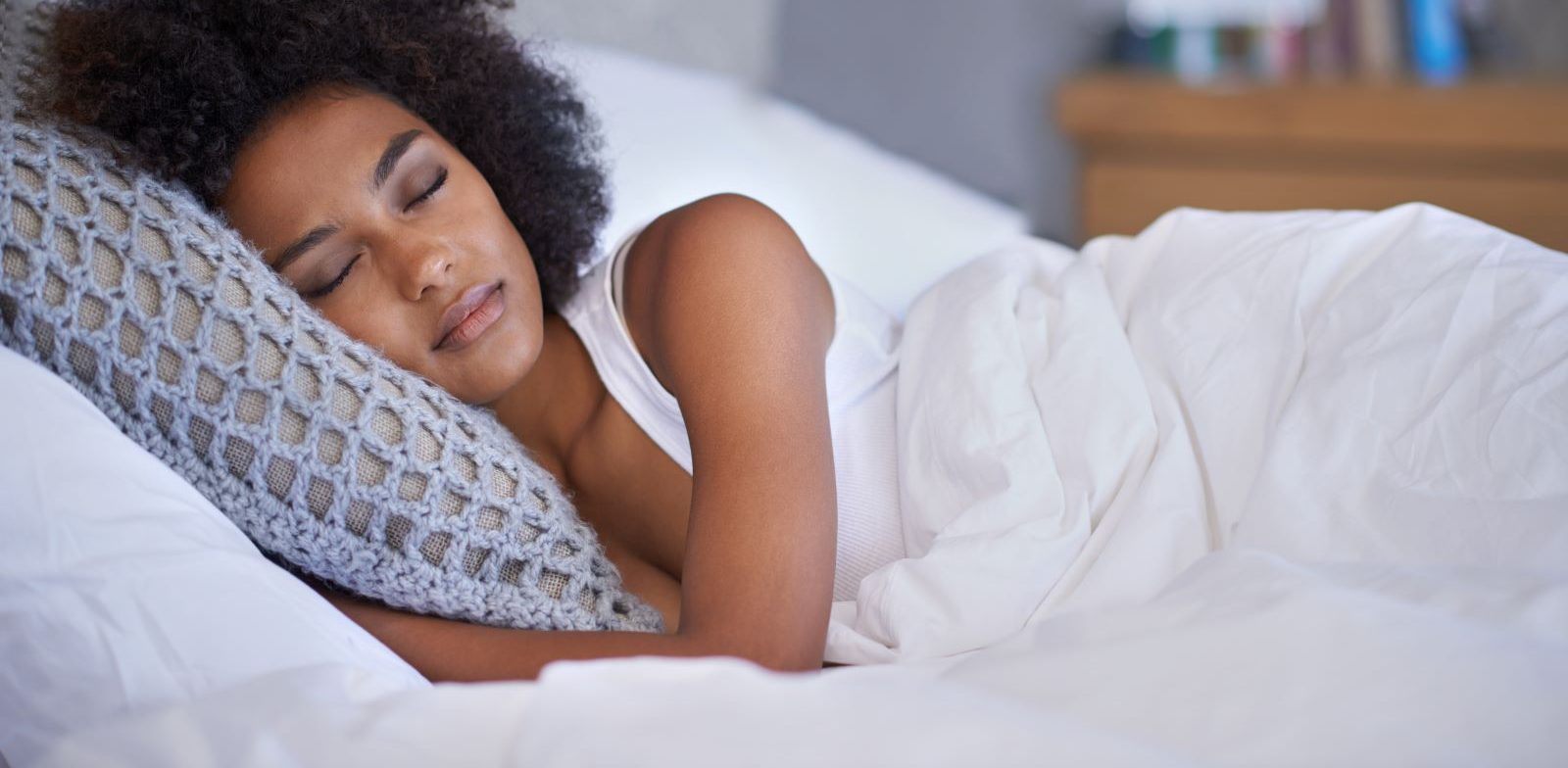<< Back
Could White, Brown or Pink Noise Help Improve Your Sleep?

May 01, 2023
Whether you struggle with insomnia or just looking to improve the quality of your sleep, you may have given white noise a try. But white noise isn’t the only option when it comes to a better night sleep.
Sleep specialists like Pantcho Maslinski, MD, of Hartford HealthCare’s Ayer Neuroscience Institute Sleep Center at Windham Hospital, often suggest patients play background audio – including white, pink and brown noise – to fall asleep and enjoy a peaceful night of rest.
Wondering which you should choose? Here’s the breakdown of different sleep sounds and how they impact your brain when you sleep.
White vs. pink vs. brown
Noises are given colors based on their sonic hues, which are determined by the distribution and intensity of energy they contain.
For example:
- White noise includes all audible frequencies with energy equally distributed across them. This even distribution creates a steady hum. Examples include fans and air conditioners, radio or TV static, and the hiss of a radiator. White noise is often used in medical office settings to mask loud noises.
- Pink noise contains all audible frequencies but with more energy at lower frequencies, creating a bass rumble. Examples include steady rain, rustling leaves, wind or heartbeats.
- Brown noise, also called red noise, has higher energy at lower frequencies, making it deeper than white or pink. Examples include rushing waterfalls and thunder.
> Want more health news? Text StartHere to 85209 to sign up for text alerts
How does it work?
The brain processes noise even when we’re asleep, Dr. Maslinski says. While barking dogs or honking cars can stimulate the brain and wake us up, playing a calming, steady noise when you go to bed can help you fall and stay asleep.
A 2012 study demonstrated that pink noise reduces brain waves, increasing stable sleep; and 2017 research concluded that pink noise promotes deep sleep, which supports memory and helps us feel refreshed upon waking.
“People with insomnia cannot shut off their minds, so background noise can be helpful to distract and relax,” he says. “It’s very personal – whatever makes you feel comfortable.”
> Related: It’s Time to Hit Snooze on These 5 Sleep Myths
Convinced? Here’s how you can add noise into your sleep environment
Noting that “keeping good sleep hygiene is very important” for overall health, Dr. Maslinski says it doesn’t hurt to add background noise to your sleep environment. Find noise sleep aids as smartphone apps or sleep machines offering sounds like waves on the beach, waterfalls or a humming fan.
It might take a few nights to adjust as you find the best color noise, volume level and method of hearing it, using earbuds to not disturb others or playing it aloud.
If noise doesn’t help, there might be a medical reason you can’t get enough sleep. Talk with your primary care physician or contact the Hartford HealthCare Sleep Disorders Center nearest you.